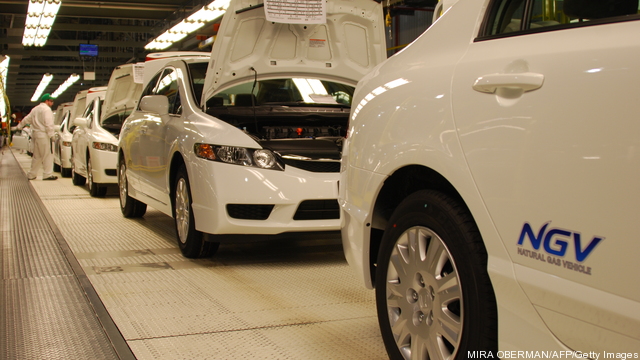
Government can help the natural gas vehicle industry to gain a foothold in the market, but isn’t likely to work as a stimulus in the long run because many executives distrust its abilities to sustain support, according to the head of a leading maker of natural gas engine technology.
David Demers, chief executive of Westport Innovations said incentive programs are always fragile because they are subject to shifting political winds, and can cause serious disruption if they are withdrawn, so business leaders are more inclined to build their models on the basis of market forces. Keep reading →








Energy Book Review: ‘The Eskimo and The Oil Man’ by Bob Reiss
By Peter GardettIn retrospect, it isn’t surprising that there is a market for writing that fits nicely into the niche between the analytical musings of the Economist and the heart-thumping pace of a Jason Bourne thriller.
A little bit populist and much faster paced than traditional writing about current events, while still retaining a seriousness of purpose but steering clear of the polemics of a Michael Moore documentary, the idea for this generation books is fact that reads like fiction. Perhaps it is “a thriller for the CNN generation” or, given reading patterns in the US, just as likely an “Agatha Christie for the CSPAN generation.” Keep reading →